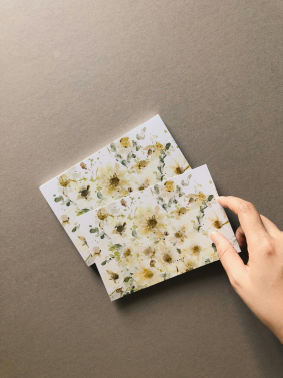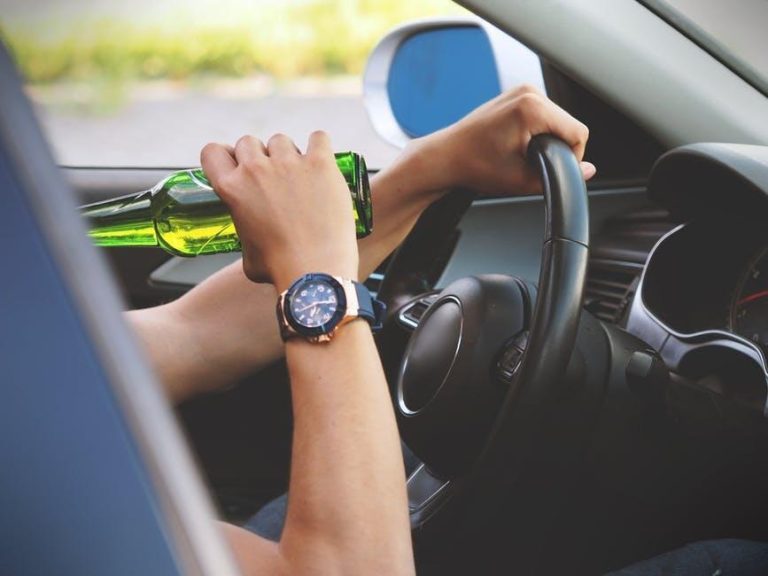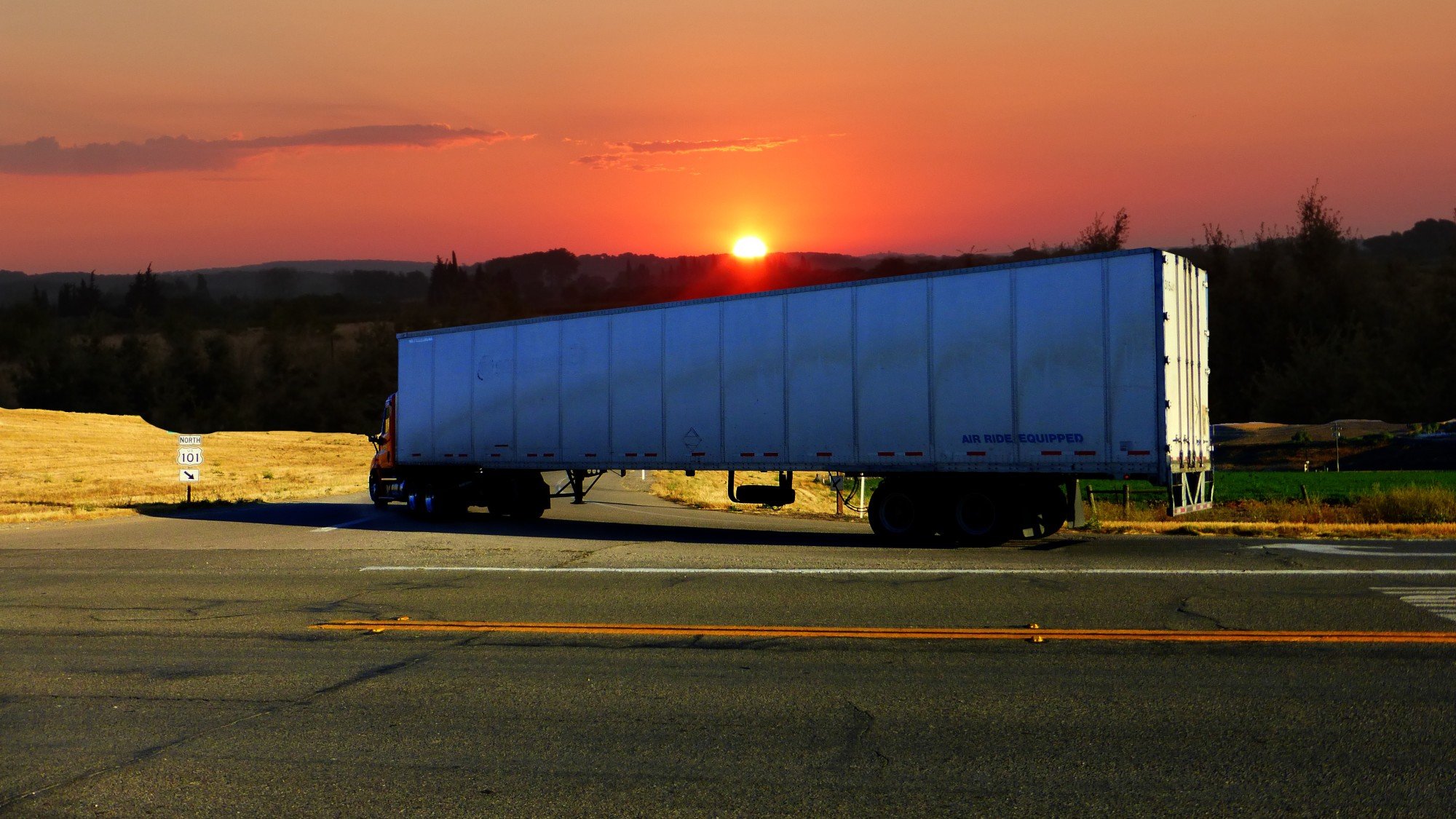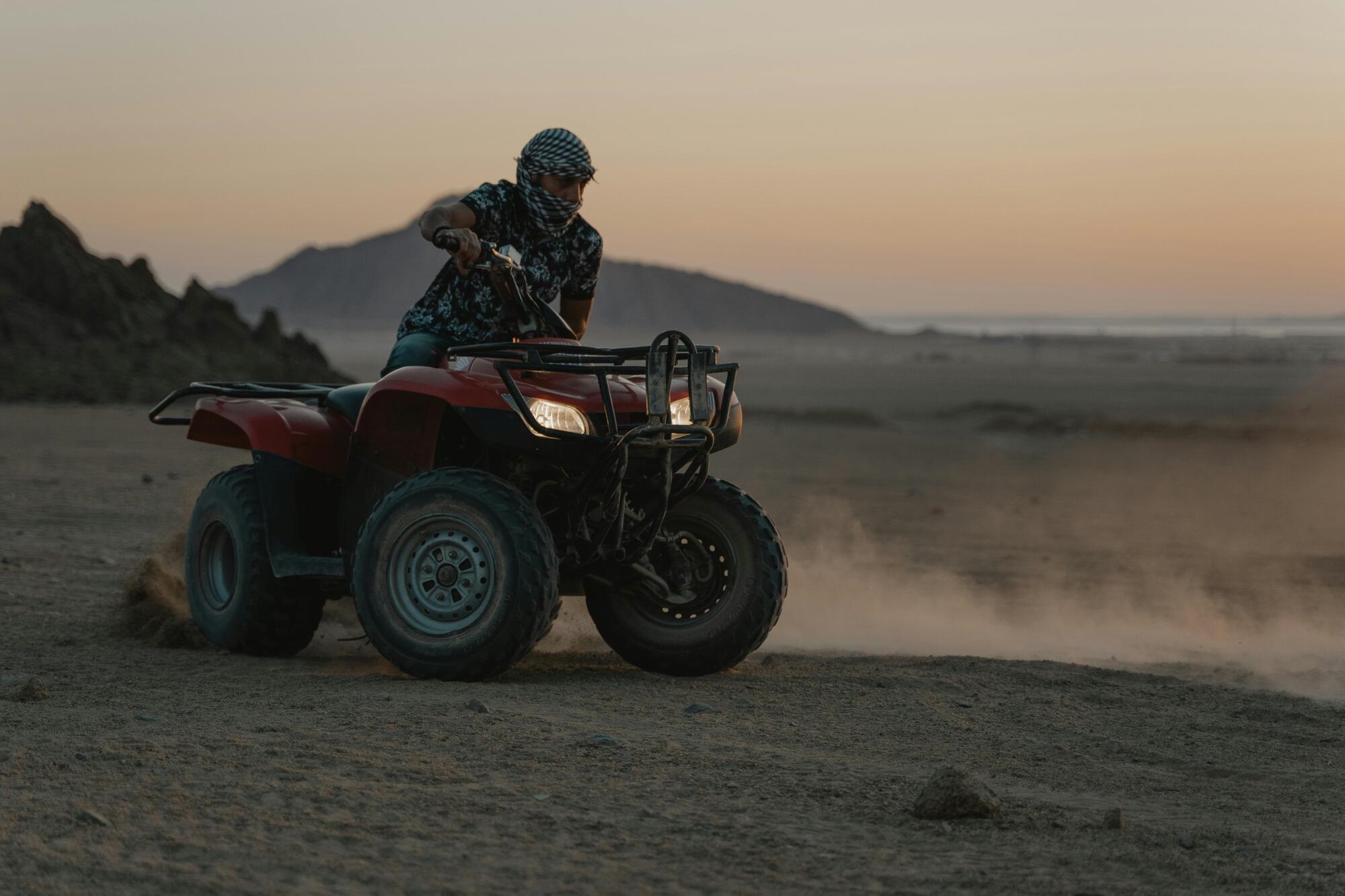Slip and fall accidents are a common occurrence and can happen anywhere, from a grocery store to a friend’s house. These accidents can result in serious injuries, such as broken bones, sprains, and head injuries. Pursuing slip and fall claims with Krzak Rundio Gorman, Chicago trial lawyers can help victims recover compensation for their injuries, medical bills, and other damages.
To file a successful slip and fall claim, the victim must demonstrate that the property owner’s negligence led to the accident and subsequent injuries. This negligence could stem from failing to rectify or notify visitors of a known hazard.
Despite the complexity of pursuing such claims, victims can enlist the help of a seasoned personal injury attorney to compile evidence, negotiate with insurance firms, and represent them in court, if required. Such professional assistance can significantly enhance the victim’s chances of securing deserved compensation.
Table of Contents
Identifying Dangerous Conditions
Slip and fall accidents can occur on any property that has hazardous conditions. It is important to be aware of potential hazards to avoid accidents. Here are some common dangerous
conditions that can lead to slip and fall accidents:
Wet Floors
Wet floors are one of the most common causes of slip-and-fall accidents. This can be caused by spills, leaks, or mopping. Property owners should ensure that wet floors are promptly cleaned and marked with warning signs to prevent accidents.
Broken Stairs and Handrails
Stairs with broken or missing handrails can be hazardous, especially for elderly or disabled individuals. Property owners should ensure that handrails are securely fastened and in good condition. Stairs should also be checked regularly for any damage or wear and tear.
Rugs and Mats
Rugs and mats can be hazardous if they are not properly secured. Property owners should ensure that rugs and mats are securely fastened to the floor to prevent tripping hazards.
Cluttered Walkways
Cluttered walkways can obstruct pathways and pose a hazard to individuals. Property owners should ensure that walkways are clear of any clutter or debris to prevent accidents.
It is important to note that property owners have a responsibility to maintain safe premises. If a property owner fails to address hazardous conditions, they may be held liable for any injuries that occur.
The Role of Negligence
When it comes to slip and fall claims, negligence plays a crucial role in determining liability and the ability to seek compensation. Negligence refers to the failure of the property owner or manager to take reasonable care to prevent the accident. It is the legal concept that forms the basis of most slip and fall claims.
To establish negligence, the claimant must prove that the property owner or manager had a duty to keep the premises safe, breached that duty by failing to take reasonable care, and that breach caused the injuries. Negligence can be established by showing that the property owner or manager knew or should have known about the unsafe condition but failed to take action to remedy it.
Carelessness is another term that is often used interchangeably with negligence. It refers to the lack of care or attention that a person exhibits in a particular situation. In the context of slip and fall claims, carelessness can be used to describe the actions of the property owner or manager that led to the unsafe condition.
Comparative negligence is a legal concept that comes into play when both the claimant and the defendant are found to have contributed to the accident. In such cases, the damages awarded to the claimant are reduced by the percentage of fault attributed to them. For example, if the claimant is found to be 30% at fault and the damages awarded are $10,000, they will receive $7,000.
Proving negligence in slip and fall claims can be challenging. The claimant must provide evidence that shows that the property owner or manager breached their duty of care. This evidence can include witness statements, photographs, and expert testimony. It is essential to gather as much evidence as possible to support the claim.
Types of Injuries in Slip and Fall Cases
Slip and fall accidents can cause a wide range of injuries, from minor bruises and cuts to more severe injuries such as broken bones and head injuries. The severity of the injury often depends on the height of the fall, the surface the person landed on, and the age and health of the person.
Soft Tissue Injuries
Soft tissue injuries are the most common type of injury in slip and fall cases. These injuries occur when the person lands on a hard surface and the soft tissue, such as muscles, tendons, and ligaments, are stretched or torn. Muscle sprains and tendon strains are common examples of soft tissue injuries. While these injuries may not be life-threatening, they can be painful and may require medical attention.
Broken Bones
Broken bones are another common type of injury in slip and fall cases. These injuries occur when the person lands on a hard surface and the force of the impact causes a bone to break. Broken bones can range from minor fractures to more severe breaks that require surgery. The most common bones that are broken in slip and fall accidents are the wrist, arm, ankle, and hip.
Head Injuries
Head injuries are a serious type of injury that can occur in slip and fall accidents. These injuries occur when the person’s head hits a hard surface, such as the ground or a wall. Head injuries can range from minor concussions to more severe traumatic brain injuries. In some cases, head injuries can cause permanent disability or even death.
Conclusion
In conclusion, pursuing slip and fall claims can be a complex process. It is important to establish liability and prove that the property owner was negligent or failed to fulfill their duty of care. This can be done by providing evidence such as witness statements, photographs, and medical records.
When pursuing a slip and fall case, it is important to consider all of the damages that you have suffered. This can include physical injuries, emotional distress, loss of enjoyment of life, disfigurement, and loss of earning capacity. It is important to work with an experienced personal injury attorney who can help you determine the full extent of your damages and fight for fair compensation.
While slip and fall cases can be challenging, they can also be successful. With the right legal representation and a strong case, it is possible to win a slip and fall claim and receive the compensation that you deserve.































































